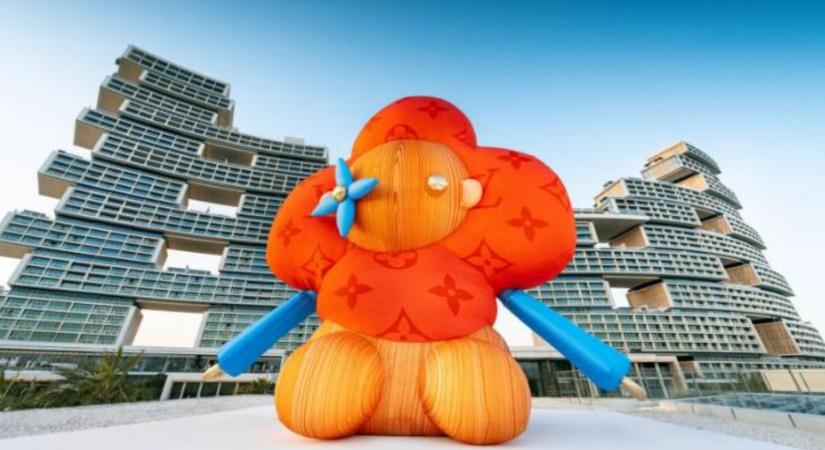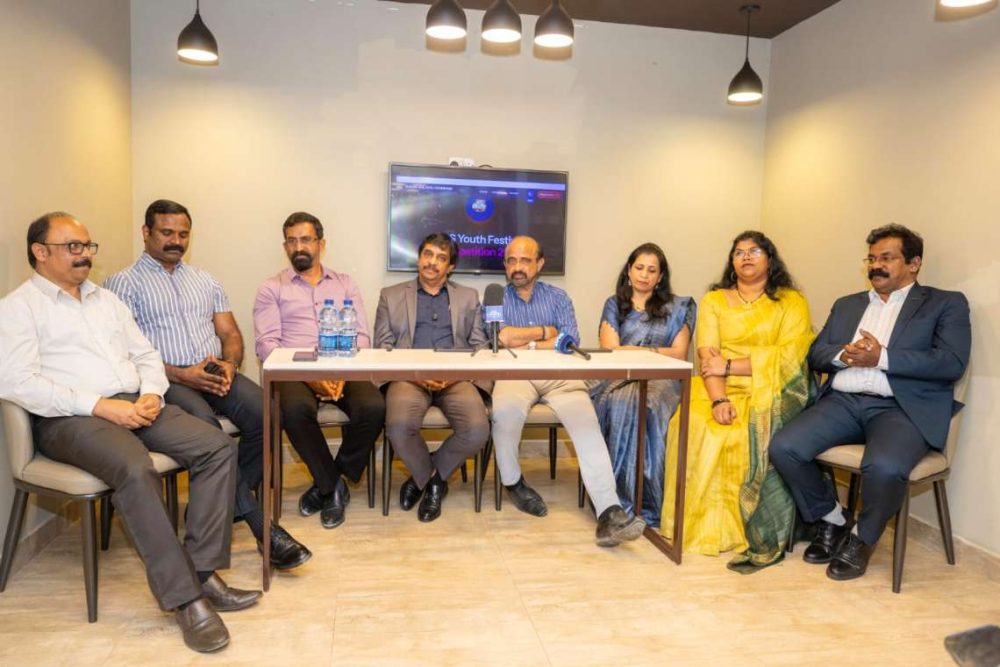Gone are the days of cubicles and rigid workstations. The future workforce demands flexibility and adaptability in their work environment…writes Sammeer Pakvasa
As the world undergoes rapid urbanisation and technology reshapes the way we work, the concept of the traditional office is evolving. Forward-thinking organisations are now embracing the idea of sustainable spaces for their workforce, recognising that the design and planning of office interiors can significantly impact productivity, employee well-being, and the environment. In this article, we explore the innovations in office interior planning and design that are paving the way for a greener and more efficient workplace of tomorrow.
Implementing Biophilic Design
Biophilic design is a revolutionary approach that aims to reconnect employees with nature by incorporating natural elements into office interiors. Green wallpapers, fabric-based wallpapers, indoor plants, natural lighting, and creative arts increase productivity and reduce stress among employees. By integrating biophilic design principles, offices can create a healthier and more pleasant working environment while also promoting sustainability through reduced energy consumption.
Flexible and Agile Workspaces
Gone are the days of cubicles and rigid workstations. The future workforce demands flexibility and adaptability in their work environment. Agile office interior planning enables companies to create dynamic spaces that can be easily reconfigured to meet the changing needs of their employees. By implementing flexible furniture, movable partitions, and modular layouts, organisations can optimise space utilisation, reduce waste, and adapt quickly to evolving work trends.
Energy Efficiency and Smart Technology
Sustainable office interior design is incomplete without a focus on energy efficiency. Smart technology, such as motion-sensing lights, automated climate control, and energy-efficient appliances, play a significant role in reducing energy consumption and minimising the carbon footprint of office space. Integrating these technologies not only helps the environment but also results in cost savings for the organisation in the long run.
Eco-Friendly Materials and Upcycling
Embracing eco-friendly materials and upcycling practices has become an essential part of sustainable office interior planning. Utilising recycled and upcycled materials for furniture and decor reduces the need for new resources, lowers waste generation, and supports a circular economy. Additionally, the use of sustainable materials can create a unique and aesthetically pleasing workspace that reflects the company’s commitment to environmental stewardship.
Wellness-Centric Spaces
Health and well-being have taken centre stage in the post-pandemic office. Employers are recognising the importance of providing employees with spaces that promote physical and mental wellness. Ergonomic furniture, quiet zones for relaxation and meditation, and designated fitness areas are becoming staples in modern office design. Additionally, offices are incorporating features like circadian lighting to regulate employees’ natural sleep-wake cycles, thereby improving sleep quality and overall well-being.
Remote Work Integration
The COVID-19 pandemic accelerated the adoption of remote work, and this trend continues to shape the future of office interior planning. Sustainable office spaces must now account for the integration of remote work policies, which require the provision of ergonomic home office setups and collaborative tools for seamless communication. By optimising both physical and virtual work environments, companies can foster a sustainable work culture that supports remote and hybrid work models.
Inclusive Design
Inclusive design principles ensure that office spaces are accessible and accommodating to employees of all abilities. By considering the needs of diverse individuals, office interior planning can eliminate barriers and create an inclusive workspace that values diversity and empowers all employees to perform at their best. Inclusivity also extends to fostering a collaborative work environment, encouraging open communication and idea-sharing among team members, thereby fostering innovation and collective problem-solving.
Sustainable spaces for tomorrow’s workforce encompass a holistic approach that considers the well-being of employees, the environment, and the organisation’s bottom line. By incorporating these innovations into office design, companies can attract and retain talent, boost employee satisfaction, and contribute to a more resilient and eco-conscious future. Embracing the change and investing in sustainable office spaces will undoubtedly lead to a more prosperous and fulfilling work experience for employees in the years to come.
ALSO READ-Balancing Tradition and Modernity in Festive Home Décor













